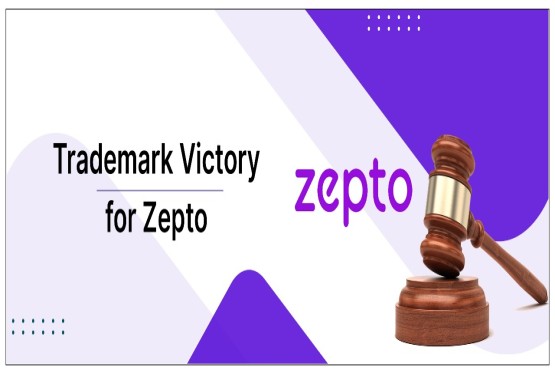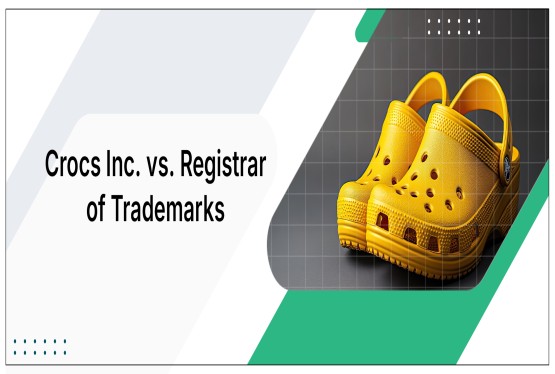In the global world of innovation, intellectual property rights play a vital role in protecting the unique creations of individuals and organizations. One of the most important tools in organizing and retrieving patent information worldwide is the International Patent Classification (IPC) system. Whether you are a patent applicant, IP professional, or startup founder, understanding the IPC is crucial in navigating the complex landscape of patents.
What is International Patent Classification (IPC)?
The International Patent Classification (IPC) is a hierarchical classification system established under the Strasbourg Agreement of 1971 by the World Intellectual Property Organization (WIPO). It serves as a universal standard for categorizing patents and utility models based on the technical features of inventions.
This system enables patent offices, inventors, researchers, and businesses to search and retrieve patent documents more efficiently across countries and languages, creating a structured and harmonized framework for patent documentation.
Why IPC is Important in the Patent World
1. Global Standardization: IPC provides a common language for over 100 patent offices, making it easier to share and access patent information worldwide.
2. Efficient Patent Search: With thousands of patents being filed every day, IPC helps users find relevant documents quickly based on specific technological areas.
3. Improved Examination Process: Patent examiners use IPC codes to categorize and analyze prior art, enhancing the accuracy and speed of examination.
4. Technology Mapping & Analytics: Companies and governments use IPC codes to track innovation trends, conduct competitive intelligence, and make informed R&D investments.
Structure of the IPC System
The IPC is a hierarchical system divided into sections, classes, subclasses, groups, and subgroups. Each level narrows down the subject matter of the invention:
1. Section (e.g., A – Human Necessities)
There are 8 main sections labeled A to H:
• A: Human Necessities
• B: Performing Operations and Transporting
• C: Chemistry and Metallurgy
• D: Textiles; Paper
• E: Fixed Constructions
• F: Mechanical Engineering; Lighting; Heating
• G: Physics
• H: Electricity
2. Class (e.g., A61 – Medical or Veterinary Science)
Each section is divided into several classes.
3. Subclass (e.g., A61K – Preparations for Medical, Dental, or Toilet Purposes)
Each class contains subclasses that define the scope more specifically.
4. Main Group (e.g., A61K 8/00 – Cosmetics or similar preparations)
The main group defines broader aspects within the subclass.
5. Subgroup (e.g., A61K 8/34 – Containing liposomes)
These are detailed subdivisions that cover highly specific subject matter.
Example of an IPC Code
Let’s decode the IPC code A61K 8/34:
• A – Human Necessities (Section)
• A61 – Medical or Veterinary Science (Class)
• A61K – Preparations for Medical or Toilet Purposes (Subclass)
• 8/00 – Cosmetics (Main Group)
• 8/34 – Cosmetics containing liposomes (Subgroup)
This code refers to patents related to cosmetic compositions containing liposomes.
IPC vs. Other Patent Classification Systems
Although IPC is widely used, several other classification systems exist, often tailored to specific regions:
| Classification | Managing Body | Region |
Compatibility with IPC |
| IPC | WIPO | International |
Primary system |
| CPC (Cooperative Patent Classification) | USPTO & EPO | US & Europe |
Based on IPC, more detailed |
| FI/F-Term | JPO | Japan | Supplementary to IPC |
| LOCARNO | WIPO | International (Designs) |
For industrial designs |
The CPC, developed jointly by the USPTO and the European Patent Office, offers a more detailed classification but still aligns with the IPC.
Revisions and Versions of IPC
The IPC system is not static it is periodically revised to reflect advancements in technology. The classification system is updated regularly, and new versions are issued typically every January 1st. These updates ensure the IPC stays current with emerging fields like nanotechnology, artificial intelligence, or green energy.
There are two versions:
• Core Level: Basic structure used by all countries.
• Advanced Level: More detailed, used by major patent offices for complex searches.
How to Use IPC in Patent Search
Using IPC codes in your patent search can significantly improve the relevance of your results. Here’s how to do it:
1. Go to WIPO’s PATENTSCOPE or Google Patents.
2. Use keywords to identify your technical area.
3. Find the relevant IPC code from a few sample patents.
4. Use those codes in your search to filter out unrelated documents.
5. Refine your search by exploring related subgroups or combining IPC codes with keywords.
Benefits for Inventors and Startups
• Strategic Filing: Identify in which countries similar patents are filed.
• Avoid Infringement: Review existing patents to avoid overlap.
• Innovation Benchmarking: Understand what competitors are developing in your field.
• Funding and IP Valuation: IPC data can support investor discussions by showing the technological niche.
Challenges and Considerations
While IPC is a powerful tool, some challenges exist:
• Complex Codes: Beginners may find it overwhelming to navigate.
• Multiple Classifications: A single patent can have multiple IPC codes.
• Not Fully Descriptive: Sometimes, IPC codes alone may not capture the full scope of an invention additional keyword search is necessary.
Conclusion
The International Patent Classification system is an indispensable asset in the world of intellectual property. It brings order to the vast universe of patents and facilitates global cooperation in patent examination and innovation tracking. For startups, businesses, legal professionals, and researchers, mastering IPC means gaining better control over IP strategy, competitive intelligence, and innovation management. As technology continues to evolve, so too will the IPC, adapting to new challenges and opportunities in the world of invention.






























_(b)_of_the_Trademark_Act,_1999_(1)_crop10_thumb.jpg)



_crop10_thumb.jpg)




























_crop10_thumb.jpg)
_crop10_thumb.jpg)






_crop10_thumb.jpg)








_crop10_thumb.jpg)



_crop10_thumb.jpg)





























_crop10_thumb.jpg)

















_crop10_thumb.jpg)






_crop10_thumb.jpg)












































































































































_crop10_thumb.jpg)




































_crop10_thumb.jpg)












_crop10_thumb.jpg)




























